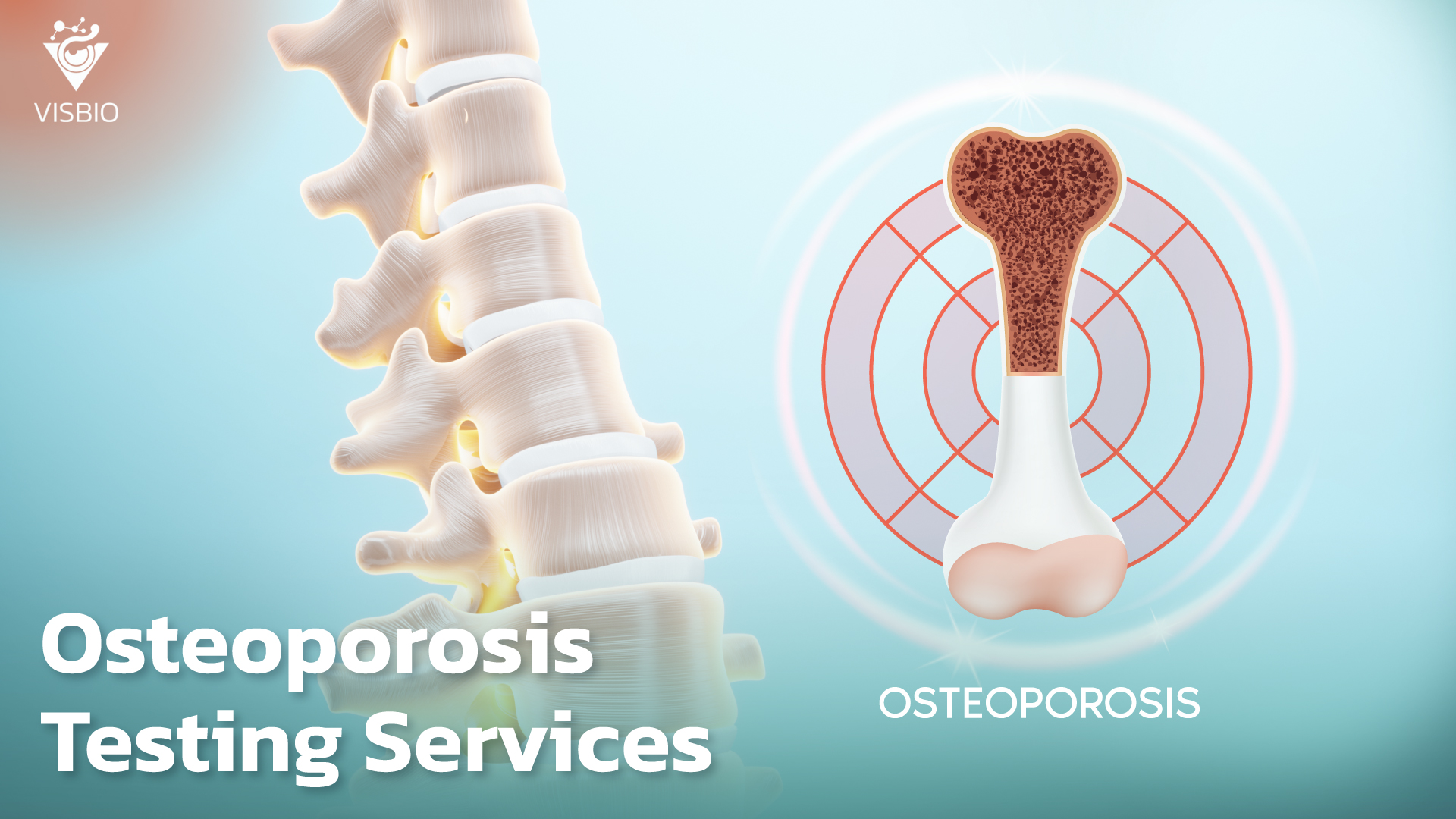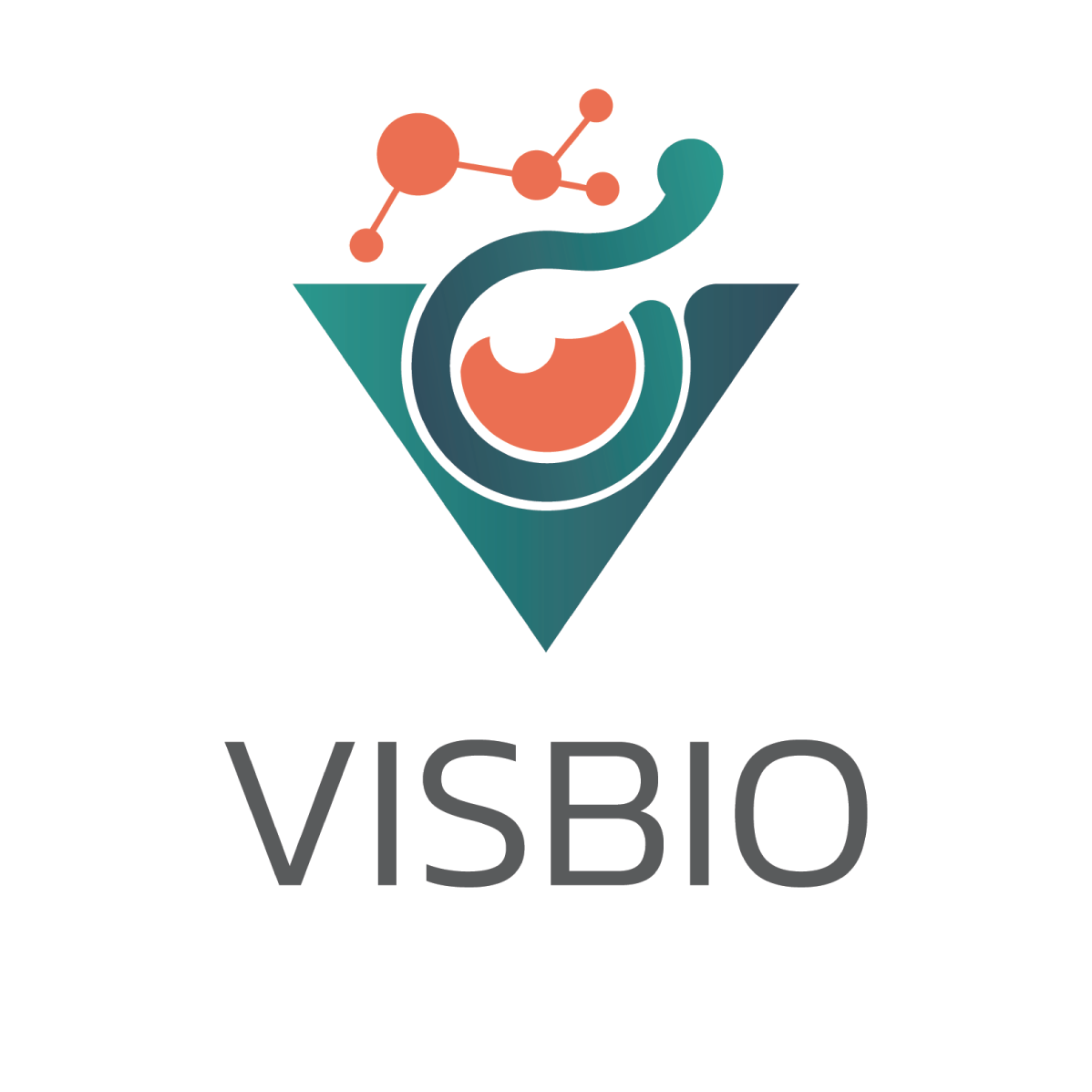
Information on Osteoporosis Testing Services (Osteoporosis work)
VISBIO Co., Ltd. offers osteoporosis testing services (Osteoporosis work), which include Proliferation testing to evaluate the ability to induce an increase in the number of osteoblasts, Apoptosis testing to inhibit cell death using the Muse cell analyzer, Cell spreading testing to induce cell changes, and Calcium ion concentration testing to induce calcium accumulation or test the appropriate concentration of essential substances that do not affect calcium accumulation. Our laboratory conducts these tests on 2D cell levels with hFOB1.19 cells.
Osteoporosis has become a national problem that is increasing with the aging population. It is a “silent danger” because patients do not know they have osteoporosis as there are no symptoms until they fall and break a bone. Therefore, developing products that nourish bones is of interest. Products can be tested for their effectiveness in creating osteoblasts, inhibiting apoptosis, and producing appropriate calcium levels.
The Process of Osteoporosis Development
Osteoporosis is a deficiency in the bone system related to mass, strength, and internal structure, increasing the risk of bone fractures. It is assessed by bone mineral density (BMD). A T-score of -2.5 or lower is considered osteoporosis. 40% of postmenopausal women have osteoporosis issues, which also increase the risk of other diseases such as arthritis or thrombosis. Early stages show no symptoms due to bone mass loss.
Factors evaluated for osteoporosis include age, body mass index, bone history, and smoking. Causes may be due to lower-than-normal bone mass accumulation or excessive bone loss. Risk factors include menopause due to estrogen deficiency, leading to reduced bone damage detection and repair.
Bone density when osteoporosis is present.
Substances that Prevent Osteoporosis
Substances that help nourish bones include calcium and vitamin D. Adequate intake can alleviate and prevent osteoporosis. Plants and herbs high in oxalate, such as kale tops, bok choy, and spinach, and foods high in vitamin D like salmon, sardines, fresh shiitake mushrooms, cod liver oil, and egg yolks are beneficial.
Osteoporosis Testing (Osteoporosis work) under Two-Dimensional Cell Conditions
Developing products that nourish bones or prevent osteoporosis can be tested for their effectiveness in creating osteoblasts, inhibiting apoptosis, and producing appropriate calcium levels. VISBIO offers these testing services under 2D Cell culture with hFOB1.19 cells. Details of each testing service include:
- Cell Proliferation: Measures cell division and number increase with different starting cell counts, by culturing cells at varying concentrations and analyzing Cell Index and Osteoblast cell number increase rate.
- Apoptosis: Testing inhibition of apoptosis (cell life or death status) using the Muse cell analyzer.
- Cell Spreading: Testing the ability to induce cell changes by observing the number of healthy cells.
- Calcium Accumulation: Testing the ability to accumulate calcium in sample substances, measuring the quantity of calcium accumulation, and testing the appropriate concentration of products for calcium production.
Examples of Test Results on the Ability to Induce Osteoblast Formation (Proliferation)
Pictures show the division and increase of bone cells when cultured with goat’s milk. Image a shows cells without goat’s milk, image b shows bone cells cultured with goat’s milk at a concentration of 0.5 mg/ml for 7 days, and image c is an enlarged view of the same. Red arrows indicate cell division.
Literature:
- Zhang, Ying, et al. “PSMC6 promotes osteoblast apoptosis through inhibiting PI3K/AKT signaling pathway activation in ovariectomy‐induced osteoporosis mouse model.” Journal of cellular physiology 235.7-8 (2020): 5511-5524.
- Min, Seung-Ki, et al. “A vitronectin-derived peptide reverses ovariectomy-induced bone loss via regulation of osteoblast and osteoclast differentiation.” Cell Death & Differentiation 25.2 (2018): 268-281.
- Focaccetti, Chiara, et al. “Polyphenols as immunomodulatory compounds in the tumor microenvironment: friends or foes?.” International journal of molecular sciences 20.7 (2019): 1714.
- Rachner, Tilman D., Sundeep Khosla, and Lorenz C. Hofbauer. “Osteoporosis: now and the future.” The Lancet 377.9773 (2011): 1276-1287.




